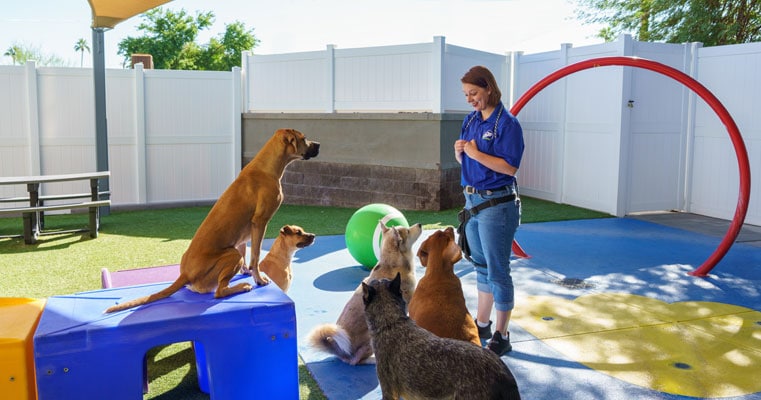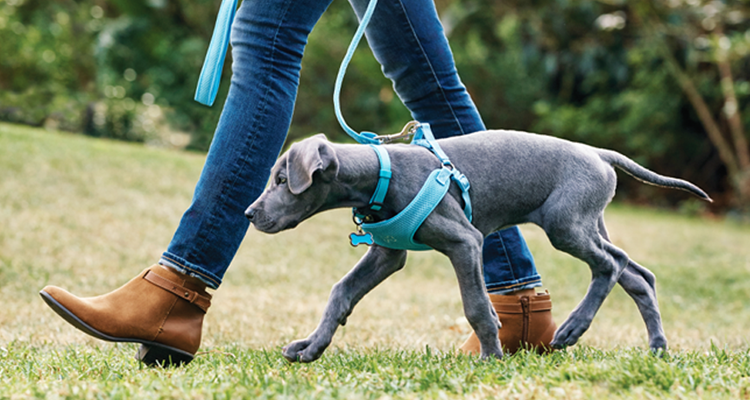Newbie's Guide to Successful Pet Dog Training in your home
Efficiently educating a dog at home calls for a nuanced understanding of canine habits and efficient communication strategies. Establishing clear training objectives, utilizing high-quality incentives, and preserving uniformity throughout member of the family are vital elements. Integrating training right into day-to-day regimens can enhance both engagement and retention. Nonetheless, lots of beginner trainers run into difficulties that may impede progression. To navigate these complexities efficiently, it's important to explore numerous vital elements that can transform your strategy and bring about a harmonious relationship with your pet. What fundamental concepts should every novice grasp to guarantee success?
Comprehending Dog Actions
Recognizing dog behavior is important for efficient training and promoting an unified relationship between human beings and their canine companions. Canines interact mostly with body language, articulations, and facial expressions, making it important for owners to analyze these signals accurately. Identifying habits such as tail wagging, grumbling, or trembling can offer insights into a dog's emotion and intents.

Typical behavioral issues, such as hostility, anxiety, or excessive barking, often stem from misconceptions or unmet needs. Observing and dealing with these concerns quickly can avoid acceleration and guarantee a favorable training experience. By fostering a deep understanding of pet habits, owners can customize their training approaches to fit their canine buddies, inevitably causing a happy and well-behaved family pet.
Essential Training Tools
A fully equipped training room can substantially enhance the effectiveness of dog training in your home. Important training devices ensure that both the dog and the fitness instructor can take part in efficient sessions that cultivate learning and bonding.

Buying a sturdy leash and a comfy, well-fitting collar or harness is vital for safety and control. These devices aid establish borders and ensure the dog remains safe during training. Additionally, an assigned training location, complimentary from distractions, help focus for both the canine and the instructor.
Training aids such as training pads, cones, or agility equipment can also boost the experience by presenting range and challenges. Last but not least, having a notebook or electronic app for tracking development can be very useful, permitting you to keep in mind successes and areas for enhancement. Making use of these vital devices will produce a favorable training setting and lay the foundation for effective knowing.
Creating an Educating Routine
Establishing a consistent training routine is necessary for efficient canine training at home. A well-structured regular not just aids in enhancing wanted behaviors but likewise supplies your dog with a sense of security and predictability. To create an efficient training routine, start by recognizing specific training objectives, such as basic commands, chain walking, this website or house-breaking.
Choose an assigned time each day for training sessions, preferably when your dog is responsive and sharp. Procedure must be brief, about 5 to 15 minutes, to maintain focus and avoid exhaustion. Uniformity in timing and environment will enhance your canine's understanding experience.
Integrate training into everyday tasks to enhance skills. Method commands during strolls or mealtime, which integrates learning right into natural routines. In addition, remain adaptable and change the regular as essential, accommodating your canine's power levels and state of mind.
Favorable Support Techniques
Positive support methods are basic to effective pet training, advertising preferred habits with rewards rather than penalty. This approach makes use of favorable stimuli, such as treats, praise, or play, to urge dogs to duplicate specific actions. The foundation of this method is timing; benefits need to be provided immediately following the preferred actions to develop a clear association.
When applying favorable support, it is crucial to choose incentives that are inspiring for your dog. High-value deals with, such as small items of chicken or cheese, can be specifically efficient during training sessions. Furthermore, varying the rewards can keep your pet's rate of interest and interest.
Begin with basic commands, like "sit" or "remain," and gradually development to extra complicated jobs. Uniformity is key; make certain that all member of the family use the same commands and benefit systems to avoid confusion.
Furthermore, it is crucial to stay individual and prevent irritation. Canines, like human beings, discover at their very own pace. By fostering a helpful training atmosphere through positive support, you can improve your pet dog's understanding experience while strengthening the bond in between you and your furry buddy, laying the foundation for successful training results.
Usual Educating Difficulties
While educating a pet in your home can be a rewarding experience, it usually features a collection of common challenges that can examine both patience and consistency. One widespread issue is diversion. Dogs may come to be quickly sidetracked by sounds, activities, or also aromas in their setting, making it difficult to preserve their focus throughout training sessions.
One more difficulty is variance in commands and reinforcement. If household members make use of various hints or incentives, it can puzzle the dog and hinder progression. Developing a unified strategy is essential for reliable interaction.
Furthermore, dogs can experience frustration or stress, especially if they do not understand what is expected of them. This can lead to undesirable behaviors, such as chewing or barking.
Lastly, the timing of support is crucial (Dog training). Delayed rewards can diminish the effectiveness of positive reinforcement, as pets might this article fail to attach find the behavior with the reward
Conquering these difficulties needs commitment, clear communication, and an organized training plan. Recognizing and attending to these typical challenges will lead the means for a much more satisfying and successful training experience in the house.
Final Thought
Finally, effective pet dog training in your home demands a thorough understanding of canine actions and efficient interaction approaches. By establishing clear training goals and making use of top notch deals with along with favorable reinforcement, the training process becomes more gratifying for both the fitness instructor and the pet dog. Consistency, versatility, and persistence are necessary elements that facilitate knowing. Ultimately, incorporating training into daily regimens boosts the bond between dog and proprietor, making the experience both efficient and delightful.
Developing a regular training routine is important for efficient canine training at home.Positive reinforcement methods are basic to reliable pet dog training, advertising wanted behaviors via benefits rather than punishment (Dog training). By cultivating a supportive training setting via positive support, you can enhance your pet dog's discovering experience while enhancing the bond between you and your furry companion, laying the groundwork for effective training end results
In conclusion, successful pet dog training at home necessitates an extensive understanding of canine habits and reliable interaction techniques. By establishing clear training goals and using premium treats together with positive support, the training process comes to be much more gratifying for both the trainer and the pet.